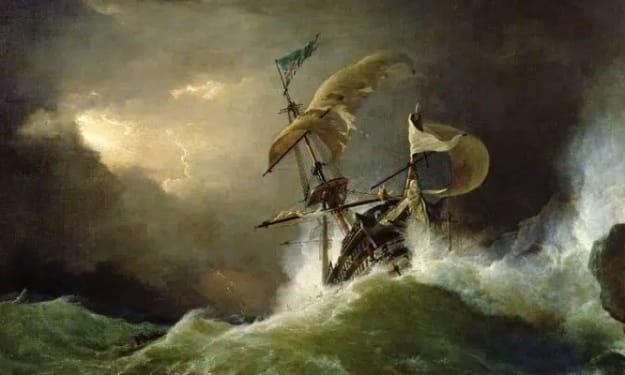Why ambassador car was failure
Technological Stagnation ** One of the primary reasons for the failure of the Ambassador was its technological recession. While the Ambassador was originally praised for its robust figure and commodious innards, Hindustan Motors( HM) failed to keep pace with technological advancements in the automotive assiduity. Over the times, the auto's design and mechanics remained largely unchanged, making it outdated in comparison to newer models.

** preface ** The Hindustan Ambassador, fondly known as the" King of Indian Roads," was once the most iconic auto in India. Launched in 1958 and grounded on the British Morris Oxford series III model, the Ambassador auto enjoyed a dominant position in the Indian automotive request for several decades. still, by the early 21st century, the Ambassador's fortunes had declined, leading to its eventual termination in 2014. The fall of the Ambassador auto can be attributed to a combination of factors including technological recession, changing consumer preferences, increased competition, and profitable liberalization.
** Technological Stagnation ** One of the primary reasons for the failure of the Ambassador was its technological recession. While the Ambassador was originally praised for its robust figure and commodious innards, Hindustan Motors( HM) failed to keep pace with technological advancements in the automotive assiduity. Over the times, the auto's design and mechanics remained largely unchanged, making it outdated in comparison to newer models.
In an period where global automotive manufacturers were introducing buses with advanced features similar as energy injection, power steering, and better energy effectiveness, the Ambassador lagged before. HM's disinclination to introduce or invest in exploration and development meant that the auto's engineering and performance didn't ameliorate significantly, leading to a gradational decline in its appeal.
** Changing Consumer Preferences ** Consumer preferences in India passed a significant metamorphosis in the late 20th and early 21st centuries. The liberalization of the Indian frugality in 1991 opened the levees to a variety of foreign auto manufacturers, offering Indian consumers more choices and better quality vehicles. As a result, Indian auto buyers began to seek further ultramodern, energy-effective, and aesthetically pleasing vehicles.
The Ambassador, with its quaint design and lack of ultramodern amenities, began to be perceived as a relic of the history. Civic consumers, in particular, favored lower, more compact buses that were easier to maneuver in congested megacity business. The youngish generation, in their pursuit of swish and point-rich vehicles, started gravitating towards brands that offered contemporary designs and slice- edge technology. ** Increased Competition **
The entry of foreign machine manufacturers into the Indian request dramatically altered the competitive geography. Companies like Maruti Suzuki, Hyundai, Honda, and Tata Motors introduced a range of vehicles that weren't only technologically superior but also competitively priced. The Maruti 800, launched in 1983, played a pivotal part in transubstantiating the Indian auto request. It was compact, affordable, energy-effective, and easy to maintain, making it an moment hit among Indian consumers.
The affluence of new models equipped with ultramodern features similar as air exertion, power windows, and advanced safety mechanisms further eroded the Ambassador's request share. The competition also brought in more strict quality control measures and client service norms, which HM plodded to match. The brand fidelity that HM had enjoyed for decades couldn't repel the rush of newer, more charming druthers
. ** profitable Liberalization ** The profitable liberalization of 1991 was a turning point for numerous diligence in India, including the automotive sector. The liberalization programs eased foreign direct investment, reduced import tariffs, and allowed foreign companies to set up manufacturing units in India. This opened up the request to global players and brought in new technology, better manufacturing practices, and increased competition. For Hindustan Motors, which had operated in a fairly protected terrain with minimum competition, the unforeseen exposure to global norms and practices was a significant challenge.
The company plodded to acclimatize to the new profitable realities, and its incapability to contemporize and contend effectively led to a decline in its request share. The defensive programs that had formerly assured HM's dominance were no longer in place, and the company set up itself ill- equipped to navigate the liberalized request. ** operation and Strategic Failures ** Another critical factor in the failure of the Ambassador was the operation and strategic mistakes of Hindustan Motors. The company’s leadership failed to anticipate and respond to the rapid-fire changes in the automotive request. There was a lack of vision and strategic planning, which redounded in missed openings for modernization and diversification.
Hindustan Motors also plodded with fiscal constraints, which limited its capability to invest in new technologies, manufacturing processes, and marketing strategies. The company’s focus remained on the Ambassador, indeed as it came clear that consumer preferences were shifting towards further ultramodern vehicles. Attempts to revitalize the brand, similar as introducing new variants and minor design tweaks, were inadequate to fight the overall decline. ** The part of Government programs **
Government programs also played a part in the Ambassador's decline. While protectionist programs in thepre-liberalization period had shielded HM from competition, thepost-liberalization terrain needed companies to be more competitive and innovative. also, changing regulations regarding safety, emigrations, and energy effectiveness norms made it challenging for HM to keep the Ambassador biddable without significant investments in technology and upgrades. The government's focus shifted towards promoting competition and encouraging foreign investment, which further boosted the challenges for domestic manufacturers like Hindustan Motors. The junking of excise duty benefits and other subventions that had preliminarily supported the automotive assiduity also impacted HM’s fiscal stability.
** Conclusion ** The failure of the Ambassador auto was the result of a combination of factors including technological recession, changing consumer preferences, increased competition, profitable liberalization, strategic mistakes, and evolving government programs. The Ambassador, formerly a symbol of prestige and trustability, came a casualty of its incapability to acclimatize to the fleetly changing dynamics of the Indian automotive request. While it remains a nostalgic icon of a defunct period, the Ambassador's decline serves as a exemplary tale about the significance of invention, rigidity, and strategic foresight in a competitive assiduity.





Comments (1)
It is a nice sharing Vinoth.